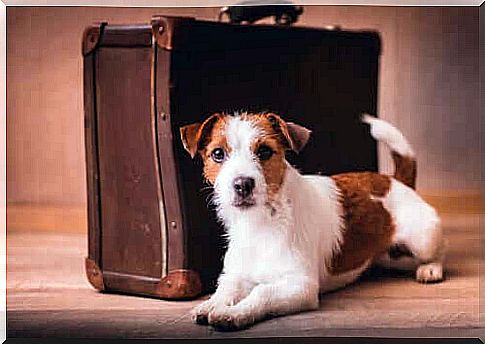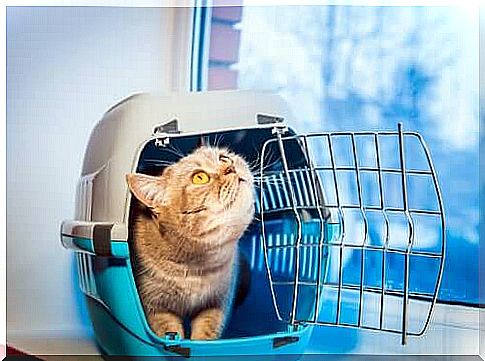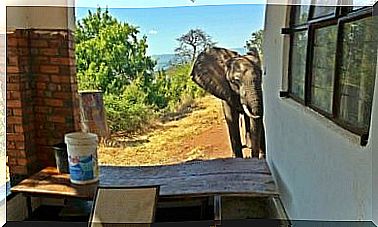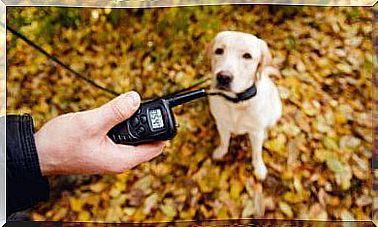Moving With Pets: Useful Tips
Here are some tips so that the move is not a trauma for your pet.

Moving is always a challenge, but luckily organization is the key to success. All the more reason, when it comes to moving with pets, planning must be extra to ensure that they suffer as little damage as possible.
Living in a new environment is a special situation, both humans and animals, especially if it is a permanent change.
The degree of adaptation depends a lot on the species: for example dogs and, mainly cats, are among the domestic animals that will have more difficulties. Here are some useful tips for moving with pets.
Tips for moving with pets
- Preserve familiar smells. When we move, we tend to clean clothes and items before packing them. This practice should be excluded from all those objects in which the animal may have left its smell (the kennel, the carpets, its blankets, the toys …), so that when it arrives in the new home it will continue to recognize odors and feel familiar feelings.
- Ensure the comfort of the animal when moving. It is extremely necessary to plan your trip, especially if it is a destination far from your previous home.
- Checking that the animal is comfortable in the carrier is important so that the stress of the move does not add up to that of the move. Both the personal effects and the pet should be the last to join the rest of the packages to minimize their discomfort.

- Hire a specialized transport service. In case the pets are fish, birds or reptiles that need additional services or needs, it is advisable to enlist the help of professionals with suitable trucks, thus ensuring safety during the journey.
- Find out about air travel. If you have to move animals to another country, for which a trip by plane is involved, it is necessary to check the requirements required by each company. Among the fundamental obligations are the documentation of the animal through passport, microchip and the use of a specific pet carrier, provided that the animal does not have to be transported in the hold of the plane.
- Find a new vet. This step can also be done during the first few days of adapting to the new home. However, it is advisable to obtain advance information so that you can act quickly in an emergency during or after your trip.
Once you arrive in the new house …
- Try to stress the animal as little as possible. As soon as you arrive in the new house you will have to unpack, arrange the furniture or even do small jobs. We advise you to leave the animal to someone to avoid the typical agitation of the first days. However, if this is not possible, it is best to leave the animal in a quiet room with its belongings.
- Allow him to explore every corner. Once the furniture is in place, the animal will feel the need to inspect and smell every area of the house. This first phase is essential so that they gradually become familiar and feel safe in the new environment. Plus, you can make the experience more enjoyable by hiding toys or treats around the house.

- Maintaining the old routines is essential so that the animal experiences as little trauma as possible. Changes in diet or walking times, in a dog’s case, can create additional difficulties when it comes to getting used to an unfamiliar place.
- Show patience and take the time. The bosses must understand that the change will not be an easy process. It is best to wait for the animal to become familiar with the environment and, eventually, to consult a veterinarian or a specialized educator to restore the relationship of trust.









